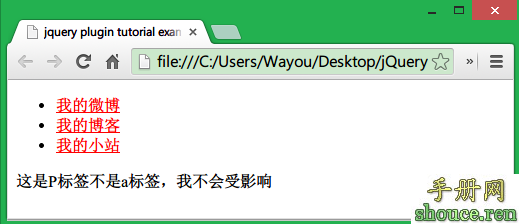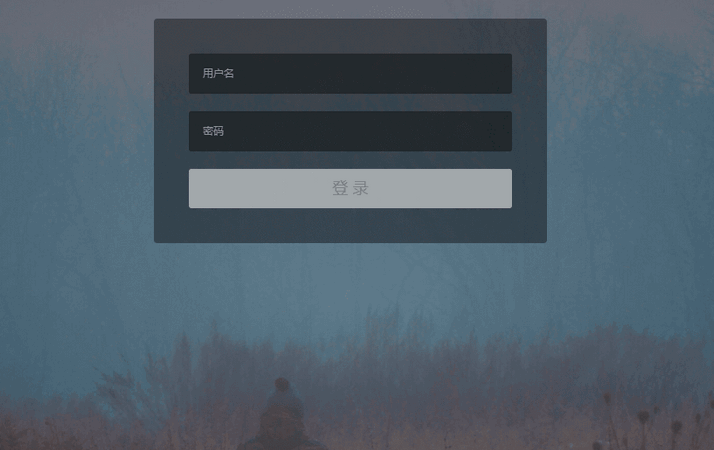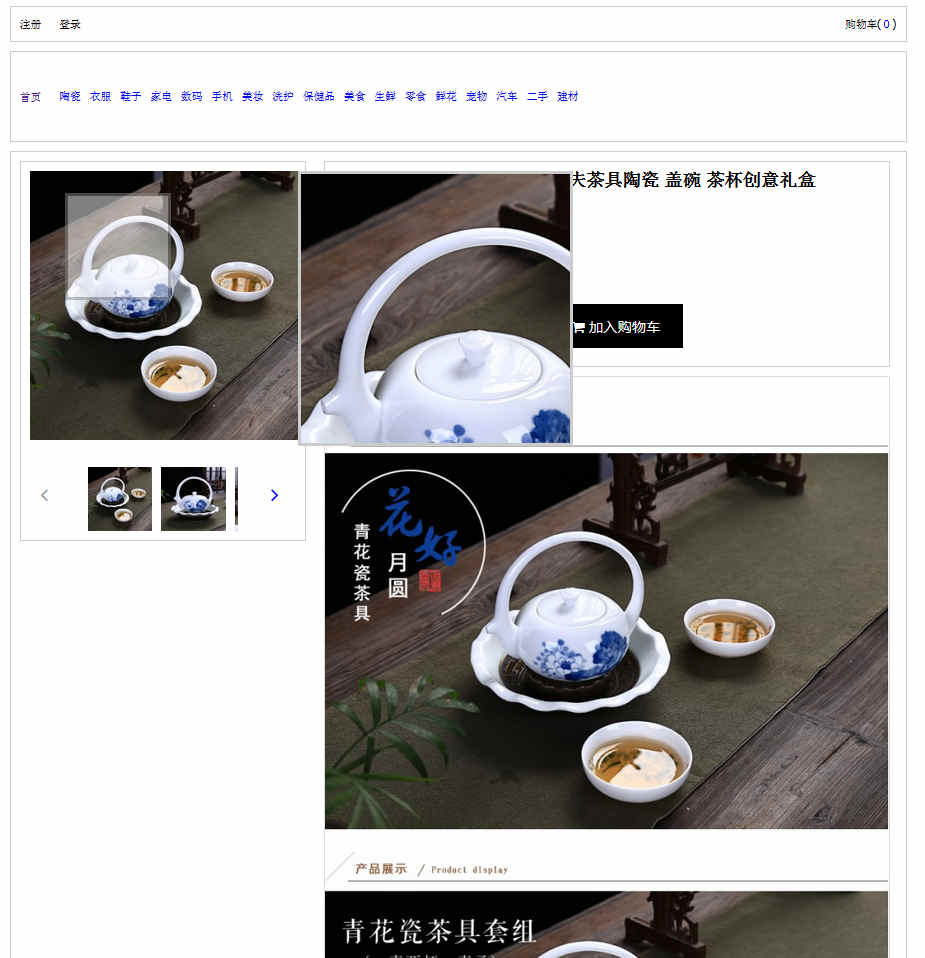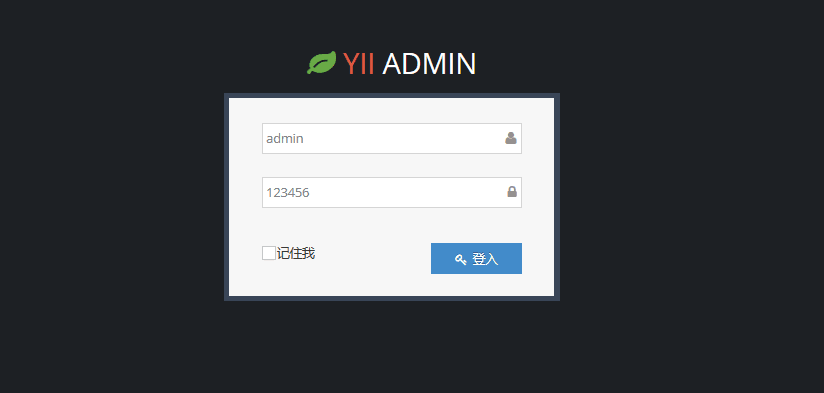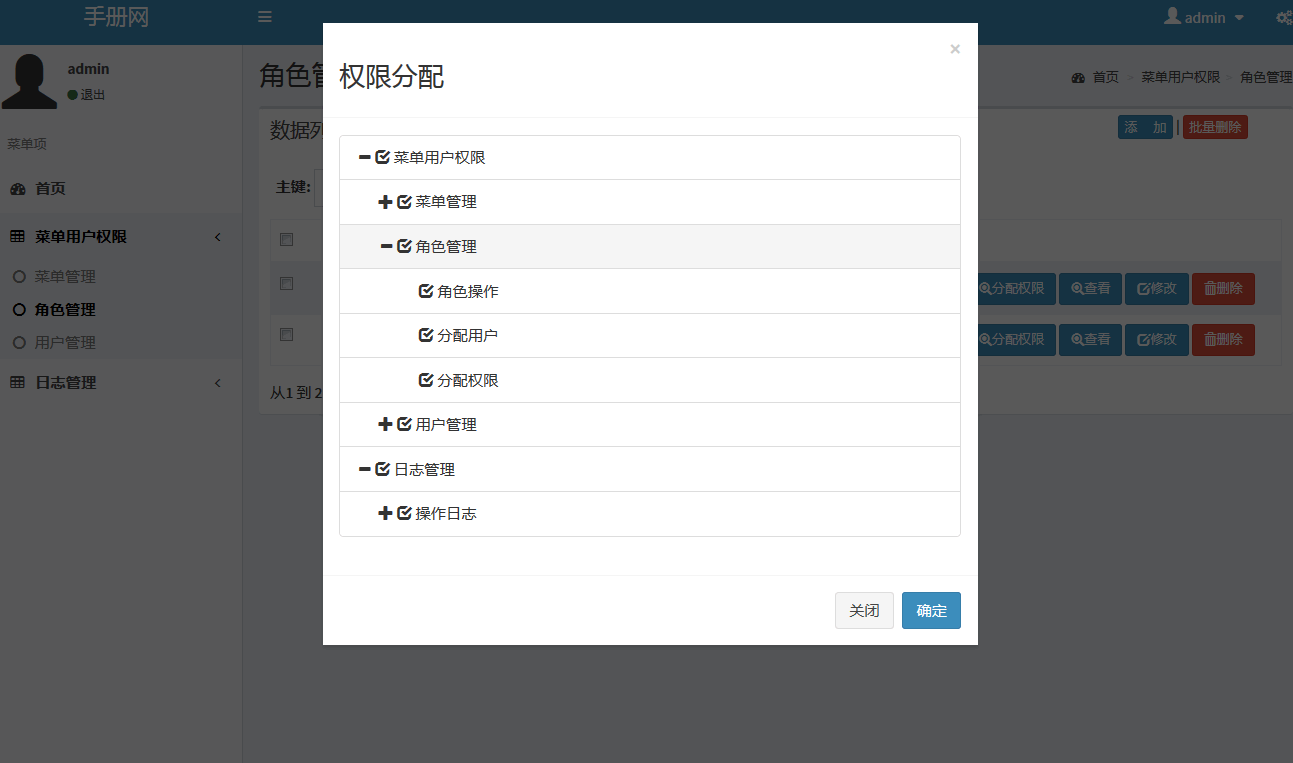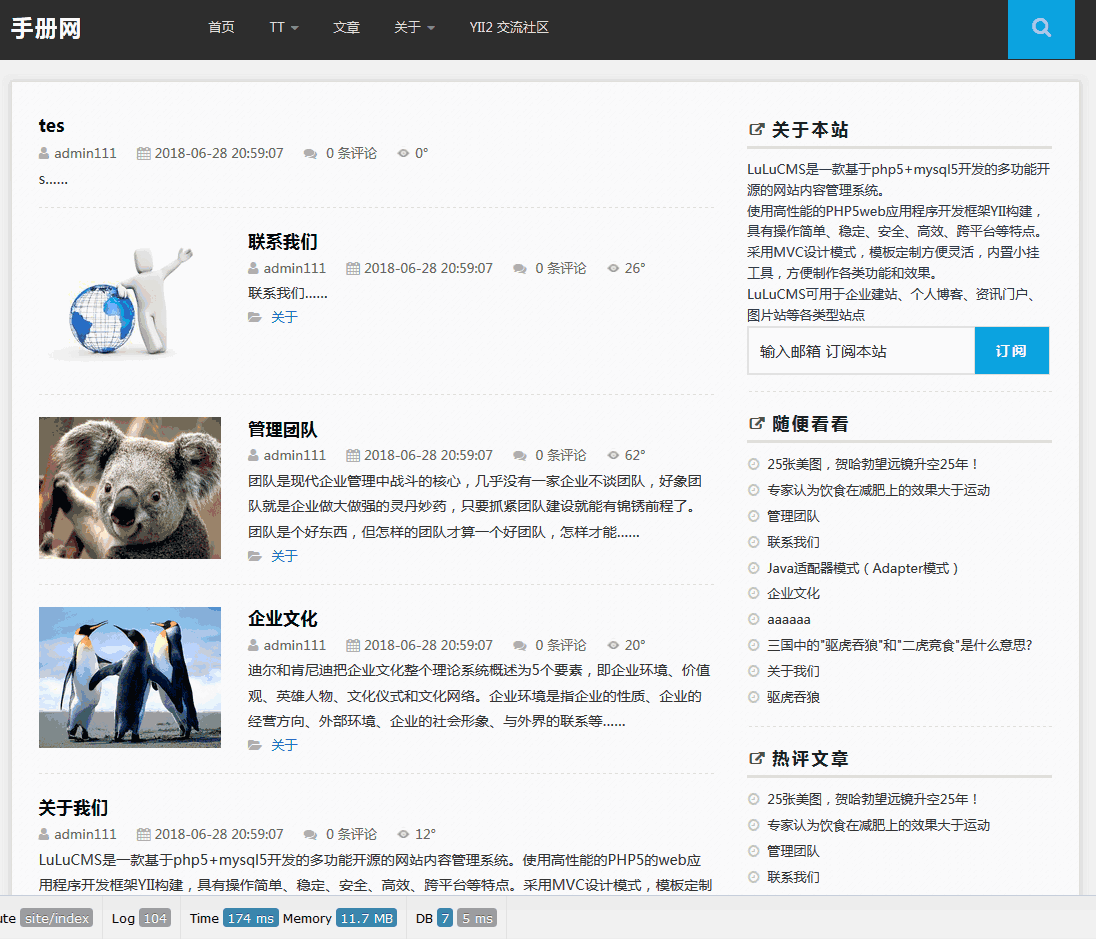Android学习系列(32)--App调试内存泄露之Cursor篇
最近在工作中处理了一些内存泄露的问题,在这个过程中我尤其发现了一些基本的问题反而忽略导致内存泄露,比如静态变量,cursor关闭,流关闭,线程,定时器,反注册,bitmap等等,我稍微统计并总结了一下,当然了,这些问题这么说起来比较笼统,接下来我会根据问题,把一些实例代码贴出来,一步一步分析,在具体的场景下,用行之有效的方法,找出泄露的根本原因,并给出解决方案。
现在,就从cursor关闭的问题开始把,谁都知道cursor要关闭,但是往往相反,人们却常常忘记关闭,因为真正的应用场景可能并非理想化的简单。
1. 理想化的cursor关闭
- // Sample Code
- Cursor cursor = db.query();
- List<String> list = convertToList(cursor);
- cursor.close();
这是最简单的cursor使用场景,如果这里的cursor没有关闭,我想可能会引起万千口水,一片骂声。
但是实际场景可能并非如此,这里的cursor可能不会关闭,至少有以下两种可能。
2. Cursor未关闭的可能
(1). cursor.close()之前发生异常。
(2). cursor需要继续使用,不能马上关闭,后面忘记关闭了。
3. Cursor.close()之前发生异常
这个很容易理解,应该也是初学者最开始碰到的常见问题,举例如下:
- try {
- Cursor c = queryCursor();
- int a = c.getInt(1);
- ......
- // 如果出错,后面的cursor.close()将不会执行
- ......
- c.close();
- } catch (Exception e) {
- }
正确写法应该是:
- Cursor c;
- try {
- c = queryCursor();
- int a = c.getInt(1);
- ......
- // 如果出错,后面的cursor.close()将不会执行
- //c.close();
- } catch (Exception e) {
- } finally{
- if (c != null) {
- c.close();
- }
- }
很简单,但是需要时刻谨记。
4. Cursor需要继续使用,不能马上关闭
有没有这种情况?怎么办?
答案是有,CursorAdapter就是一个典型的例子。
CursorAdapter示例如下:
- mCursor = getContentResolver().query(CONTENT_URI, PROJECTION,
- null, null, null);
- mAdapter = new MyCursorAdapter(this, R.layout.list_item, mCursor);
- setListAdapter(mAdapter);
- // 这里就不能关闭执行mCursor.close(),
- // 否则list中将会无数据
5. 这样的Cursor应该什么时候关闭呢?
这是个可以说好回答也可以说不好回答的问题,那就是在Cursor不再使用的时候关闭掉。
比如说,
上面的查询,如果每次进入或者resume的时候会重新查询执行。
一般来说,也只是这种需求,很少需要看不到界面的时候还在不停地显示查询结果,如果真的有,不予讨论,记得最终关掉就OK了。
这个时候,我们一般可以在onStop()方法里面把cursor关掉(同时意味着你可能需要在onResume()或者onStart()重新查询一下)。
- @Override
- protected void onStop() {
- super.onStop();
- // mCursorAdapter会释放之前的cursor,相当于关闭了cursor
- mCursorAdapter.changeCursor(null);
- }
我专门附上CursorAdapter的changeCursor()方法源码,让大家看的更清楚,免得不放心changeCursor(null)方法:
- /**
- * Change the underlying cursor to a new cursor. If there is an existing cursor it will be
- * closed.
- *
- * @param cursor The new cursor to be used
- */
- public void changeCursor(Cursor cursor) {
- Cursor old = swapCursor(cursor);
- if (old != null) {
- old.close();
- }
- }
- /**
- * Swap in a new Cursor, returning the old Cursor. Unlike
- * {@link #changeCursor(Cursor)}, the returned old Cursor is <em>not</em>
- * closed.
- *
- * @param newCursor The new cursor to be used.
- * @return Returns the previously set Cursor, or null if there wasa not one.
- * If the given new Cursor is the same instance is the previously set
- * Cursor, null is also returned.
- */
- public Cursor swapCursor(Cursor newCursor) {
- if (newCursor == mCursor) {
- return null;
- }
- Cursor oldCursor = mCursor;
- if (oldCursor != null) {
- if (mChangeObserver != null) oldCursor.unregisterContentObserver(mChangeObserver);
- if (mDataSetObserver != null) oldCursor.unregisterDataSetObserver(mDataSetObserver);
- }
- mCursor = newCursor;
- if (newCursor != null) {
- if (mChangeObserver != null) newCursor.registerContentObserver(mChangeObserver);
- if (mDataSetObserver != null) newCursor.registerDataSetObserver(mDataSetObserver);
- mRowIDColumn = newCursor.getColumnIndexOrThrow("_id");
- mDataValid = true;
- // notify the observers about the new cursor
- notifyDataSetChanged();
- } else {
- mRowIDColumn = -1;
- mDataValid = false;
- // notify the observers about the lack of a data set
- notifyDataSetInvalidated();
- }
- return oldCursor;
- }
6. 实战AsyncQueryHandler中Cursor的关闭问题
AsyncQueryHandler是一个很经典很典型的分析Cursor的例子,不仅一阵见血,能举一反三,而且非常常见,为以后避免。
AsyncQueryHandler文档参考地址:
http://developer.android.com/reference/android/content/AsyncQueryHandler.html
下面这段代码是Android2.3系统中Mms信息主页面ConversationList源码的一部分,大家看看Cursor正确关闭了吗?
- private final class ThreadListQueryHandler extends AsyncQueryHandler {
- public ThreadListQueryHandler(ContentResolver contentResolver) {
- super(contentResolver);
- }
- @Override
- protected void onQueryComplete(int token, Object cookie, Cursor cursor) {
- switch (token) {
- case THREAD_LIST_QUERY_TOKEN:
- mListAdapter.changeCursor(cursor);
- setTitle(mTitle);
- ... ...
- break;
- case HAVE_LOCKED_MESSAGES_TOKEN:
- long threadId = (Long)cookie;
- confirmDeleteThreadDialog(new DeleteThreadListener(threadId, mQueryHandler,
- ConversationList.this), threadId == -1,
- cursor != null && cursor.getCount() > 0,
- ConversationList.this);
- break;
- default:
- Log.e(TAG, "onQueryComplete called with unknown token " + token);
- }
- }
- }
- @Override
- protected void onStop() {
- super.onStop();
- mListAdapter.changeCursor(null);
- }
大家觉得有问题吗?
主要是两点:
(1). THREAD_LIST_QUERY_TOKEN分支的Cursor正确关闭了吗?
(2). HAVE_LOCKED_MESSAGES_TOKEN分支的Cursor正确关闭了吗?
根据前面的一条条分析,答案是:
(1). THREAD_LIST_QUERY_TOKEN分支的Cursor被传递到了mListAdapter了,而mListAdapter在onStop里面使用changeCursor(null),当用户离开当前Activity,这个Cursor被正确关闭了,不会泄露。
(2). HAVE_LOCKED_MESSAGES_TOKEN分支的Cursor(就是参数cursor),只是作为一个判断的一个条件,被使用后不再使用,但是也没有关掉,所以cursor泄露,在StrictMode监视下只要跑到这个地方都会抛出这个错误:
- E/StrictMode(639): A resource was acquired at attached stack trace but never released. See java.io.Closeable for information on avoiding resource leaks.
- E/StrictMode(639): java.lang.Throwable: Explicit termination method 'close' not called
- E/StrictMode(639): at dalvik.system.CloseGuard.open(CloseGuard.java:184)
- ... ...
在Android4.0 JellyBean中谷歌修正了这个泄露问题,相关代码如下:
- private final class ThreadListQueryHandler extends ConversationQueryHandler {
- public ThreadListQueryHandler(ContentResolver contentResolver) {
- super(contentResolver);
- }
- @Override
- protected void onQueryComplete(int token, Object cookie, Cursor cursor) {
- switch (token) {
- case THREAD_LIST_QUERY_TOKEN:
- mListAdapter.changeCursor(cursor);
- ... ...
- break;
- case UNREAD_THREADS_QUERY_TOKEN:
- // 新增的UNREAD_THREADS_QUERY_TOKEN分子和HAVE_LOCKED_MESSAGES_TOKEN分支也是类似的情况,cursor在jellybean中被及时关闭了
- int count = 0;
- if (cursor != null) {
- count = cursor.getCount();
- cursor.close();
- }
- mUnreadConvCount.setText(count > 0 ? Integer.toString(count) : null);
- break;
- case HAVE_LOCKED_MESSAGES_TOKEN:
- @SuppressWarnings("unchecked")
- Collection<Long> threadIds = (Collection<Long>)cookie;
- confirmDeleteThreadDialog(new DeleteThreadListener(threadIds, mQueryHandler,
- ConversationList.this), threadIds,
- cursor != null && cursor.getCount() > 0,
- ConversationList.this);
- // HAVE_LOCKED_MESSAGES_TOKEN分支中的cursor在jellybean中被及时关闭了
- if (cursor != null) {
- cursor.close();
- }
- break;
- default:
- Log.e(TAG, "onQueryComplete called with unknown token " + token);
- }
- }
- }
- @Override
- protected void onStop() {
- super.onStop();
- mListAdapter.changeCursor(null);
- }
是不是小看了AsyncQueryHandler,谷歌在早期的版本里面都有一些这样的代码,更何况不注意的我们呢,实际上网上很多使用AsyncQueryHandler举例中都犯了这个错误,看完这篇文章后,以后再也不怕AsyncQueryHandler的cursor泄露了,还说不定能解决很多你现在应用的后台strictmode的cursor not close异常问题。
7. 小结
虽然我觉得还有很多cursor未关闭的情况没有说到,但是根本问题都是及时正确的关闭cursor。
内存泄露cursor篇是我工作经验上的一个总结,专门捋清楚后对我自己对大家觉得都很有帮助,让复杂的问题本质化,简单化!
- 没有章节



